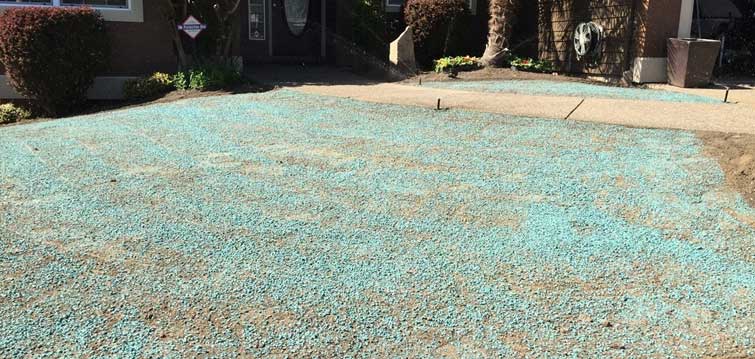Seed Aide CoverGrow
Seed Aide TM CoverGrow is mulch made using advanced technology from recycled wood and cellulose fibers.
It needs to be activated with water once applied to a seeded area. The granules expand rapidly once watered, resulting in outstanding protection and moisture performance.
Seed Aide TM CoverGrow can boost coverage, dispersion, and swelling compared to dry pellets. Seed Aide TM CoverGrow will stay in place and is resistant to precipitation. It has a 25% higher water- holding ability, 25% more swell volume, and 25% quicker water absorption.
Sawdust
Sawdust is an inexpensive straw substitute when planting grass seed. With sawdust, you should work to get rid of clumping by layering at a thickness of around 1/4 of an inch. This should shield the seeds from dehydration, while not smothering them.
Sawdust tends to mat when laid too thickly. This forms a dense barrier to proper drainage and evaporation. Sawdust can leach nitrogen from the soil as well. This means the newly seeded lawn should be adequately fertilized.
Peat Moss
Peat moss is a popular soil amendment that can double as mulch. You need to loosen peat moss by hand, or it will remain quite dense and will soak up all the moisture in the ground.
Compost
Compost is another flexible straw substitute that performs the functions of mulch. Compost also should be thinly laid at about 1/4 of an inch. This will keep the ground from drying while providing nutrition to the soil.
Compost is more effective than fertilizing alone. As with peat moss, you should loosen compost to avoid clumps. Your seeds will have enough water, nutrients, oxygen, and sunlight as long as compost covers the soil in a thin layer. Layering at the proper thickness will also avoid conditions that encourage the growth of fungi.

